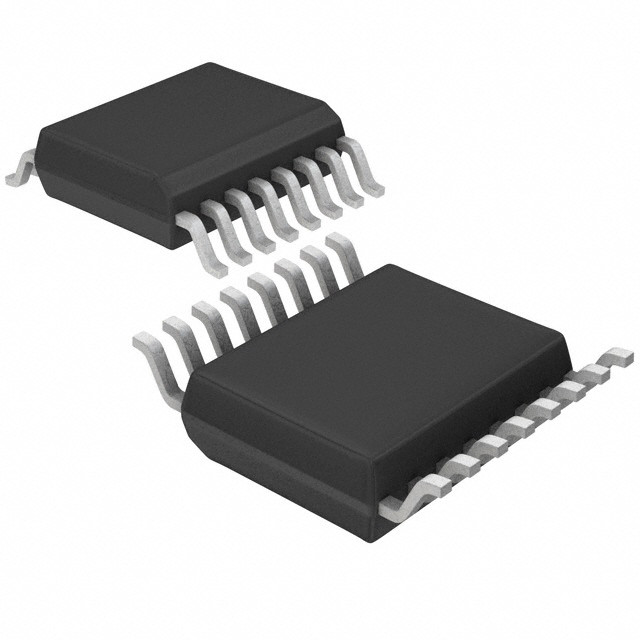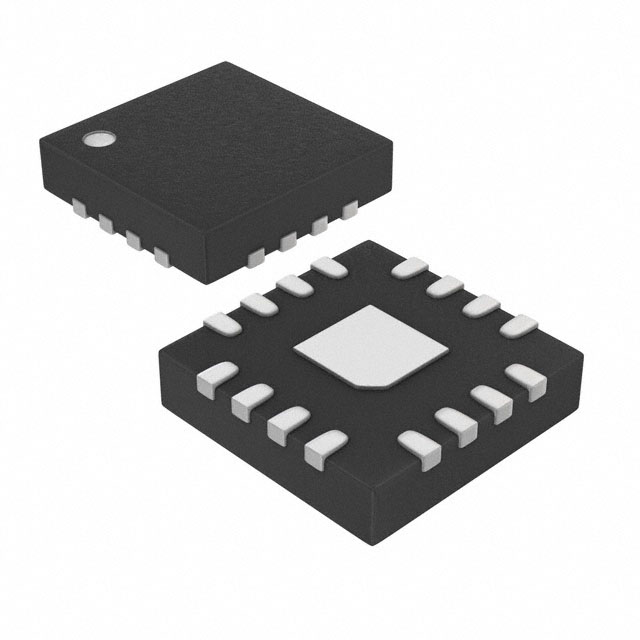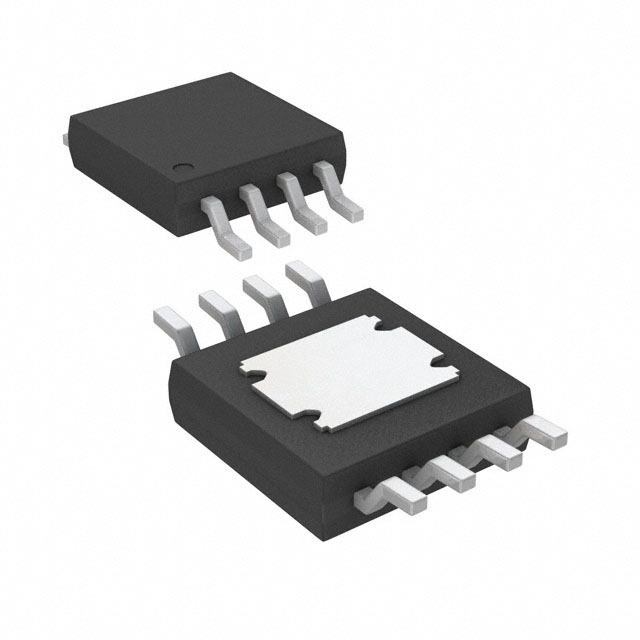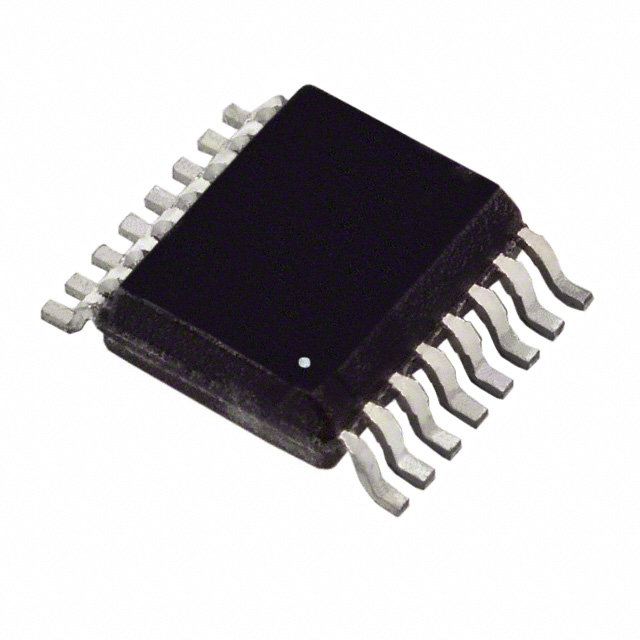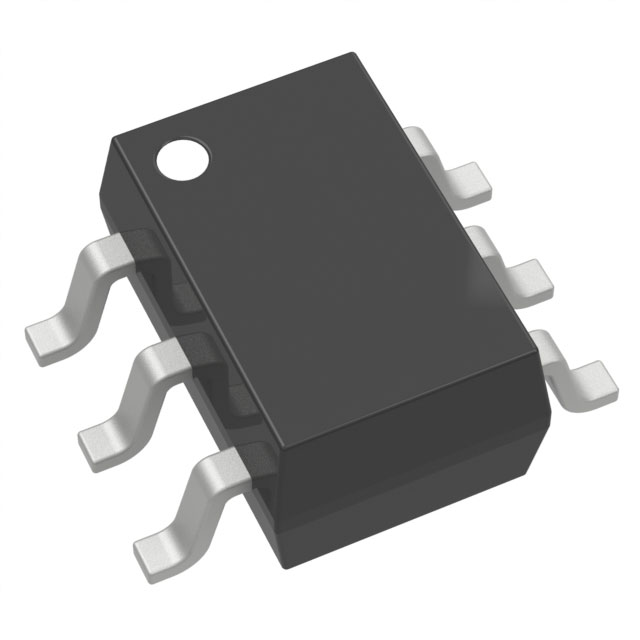Categories
- RF Switches(10)
Total 10
- 1
Introduction of RF Switches
RF Switches, or Radio Frequency Switches, are essential components in modern communication systems, used to route high-frequency signals in various applications. These switches allow for the controlled transmission of RF signals by opening or closing a circuit, enabling efficient signal routing in complex networks. RF switches are found in a wide range of industries, including telecommunications, automotive, aerospace, and consumer electronics.
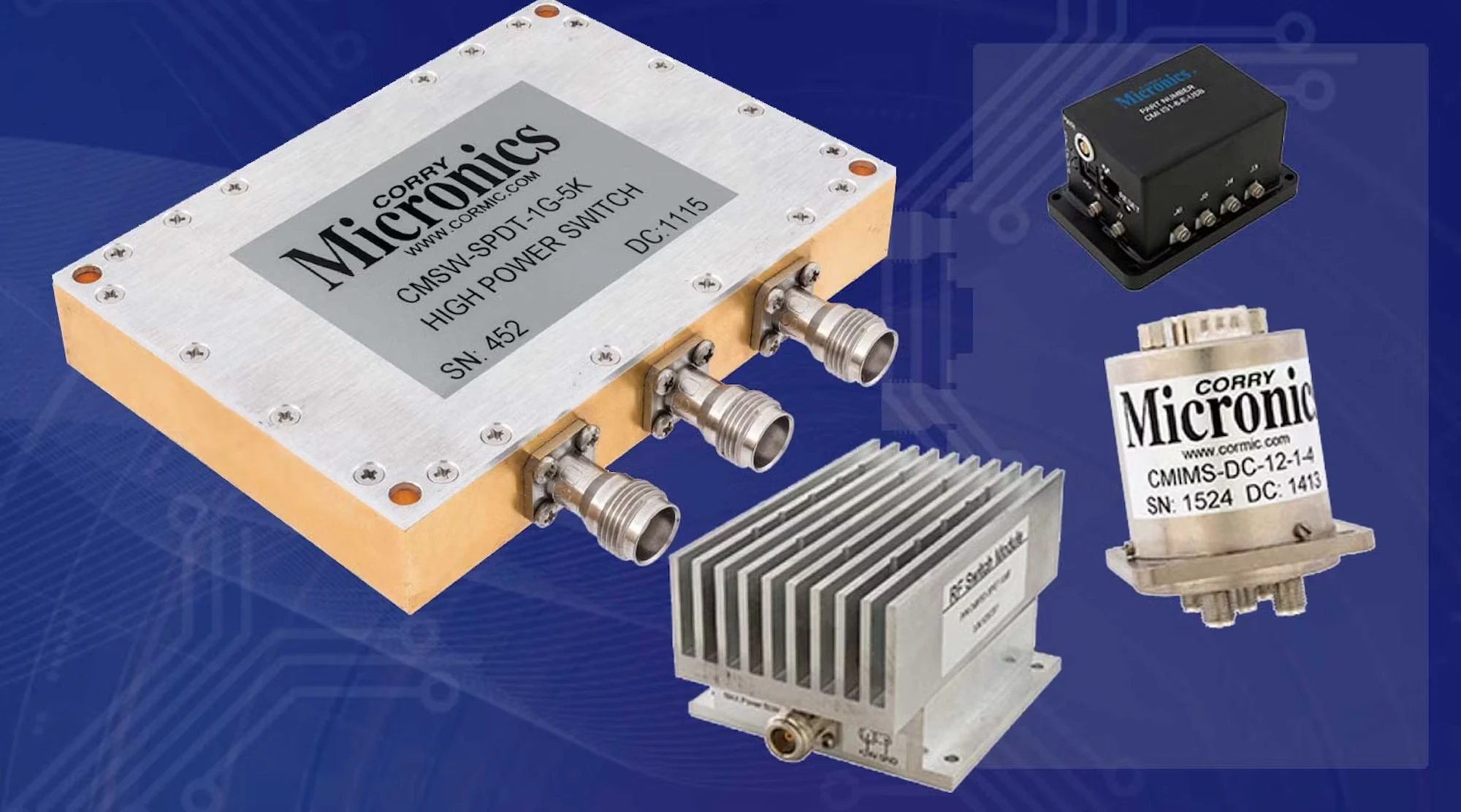
Key Features of RF Switches:
- High-Frequency Performance: RF switches are designed to operate efficiently at high frequencies, typically from 1 MHz to several GHz, making them ideal for use in wireless communication, satellite systems, and radar.
- Low Insertion Loss: They are engineered to minimize signal loss when the switch is active, ensuring high signal integrity.
- Fast Switching Speed: RF switches are designed to switch between signal paths quickly, reducing delays in data transmission.
- High Isolation: They provide excellent isolation between the signal paths, which is essential to prevent cross-talk and interference.
- Versatility: RF switches come in various configurations, including single-pole single-throw (SPST), single-pole double-throw (SPDT), and multi-throw designs, allowing them to be tailored to specific needs.
Applications of RF Switches:
- Telecommunication: RF switches are crucial in mobile networks, satellite communication, and base stations, where they help route signals between antennas, amplifiers, and transceivers.
- Consumer Electronics: In devices such as smartphones, routers, and televisions, RF switches control signal paths to ensure clear transmission of data and voice signals.
- Automotive: RF switches are used in advanced driver-assistance systems (ADAS) for applications like radar and vehicle-to-vehicle (V2V) communication.
- Aerospace and Defense: In military and aerospace systems, RF switches are employed in radar, satellite communication, and electronic warfare systems to manage signal routing with high precision and reliability.
Types of RF Switches:
- Electromechanical Switches: These switches rely on mechanical movement to change signal paths. They are suitable for high-power applications but are slower compared to solid-state alternatives.
- Solid-State Switches: Made from semiconductor materials like GaAs (Gallium Arsenide), these switches are faster and more reliable, with no moving parts.
- PIN Diode Switches: These are a type of solid-state switch that uses PIN diodes to switch signals. They offer low insertion loss and high linearity, making them ideal for RF applications.
- MEMS (Micro-Electro-Mechanical Systems) Switches: MEMS switches are a newer technology that offers low power consumption, high linearity, and excellent performance in high-frequency ranges.
Advantages of RF Switches:
- Compact and Reliable: RF switches are small in size and offer long-term reliability, even under challenging conditions like high temperatures and humidity.
- Scalability: They are available in both single-channel and multi-channel configurations, allowing for flexible integration into various systems.
- Low Power Consumption: Many RF switches are designed to operate with minimal power, making them ideal for battery-operated devices and portable electronics.
In conclusion, RF switches are fundamental components for managing high-frequency signals in modern communication networks. Their versatility, fast switching speeds, and low signal loss make them indispensable in a variety of industries, from telecommunications to aerospace.
Filters
ApplyReset All
Attribute column







